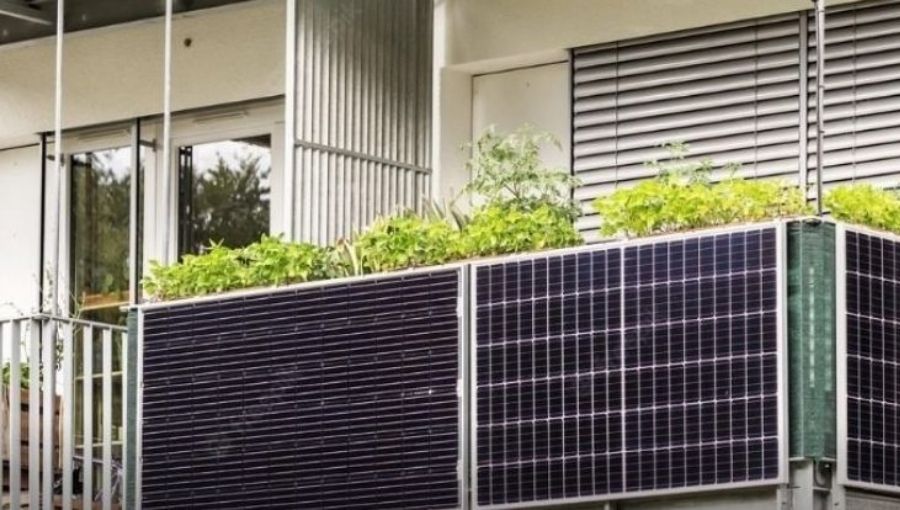Solar panels installed on balconies (Balcony SPP) can save 30% of a typical household’s electricity bill, and the technology is becoming increasingly attractive as vertical surface area in cities is larger than roof area.
Easy to use and reducing electricity bills, these panels have been installed on 1.5 million balconies in Germany, popularizing the term “Balkonkraftwerk” (balcony power plant). In Spain, balcony SPPs are spreading rapidly, although not as widely as in Germany.
According to manufacturers, installing a few 300-watt panels can save a typical household up to 30% on its electricity bill. At a cost of between 400-800 euros and with no installation fee, the panels can pay for themselves within six years.
In Spain, two-thirds of the population lives in apartments, and installing panels on the roof requires the approval of the majority of residents. However, no such approval is required for solar panels installed on a balcony, only if the facade is of historical significance or if there is a special ban by the estate management or local authority. Furthermore, as long as the installation does not exceed 800 watts, there is no need for a certification fee, which ranges from 100 to 400 euros depending on the region.
“The beauty of balcony solar panels is that they are flexible, cheap and can be connected directly to the local grid, so you don’t have to pay installation fees,” says Santiago Vernetta, CEO of Tornasol Energy, one of Spain’s leading suppliers. “The vertical surface area of cities is much larger than the roof area, and in Spain, balcony panels benefit more from low winter sun than rooftop panels,” says Vernetta. Cities like Helsinki are experimenting with solar panel cladding on buildings.

